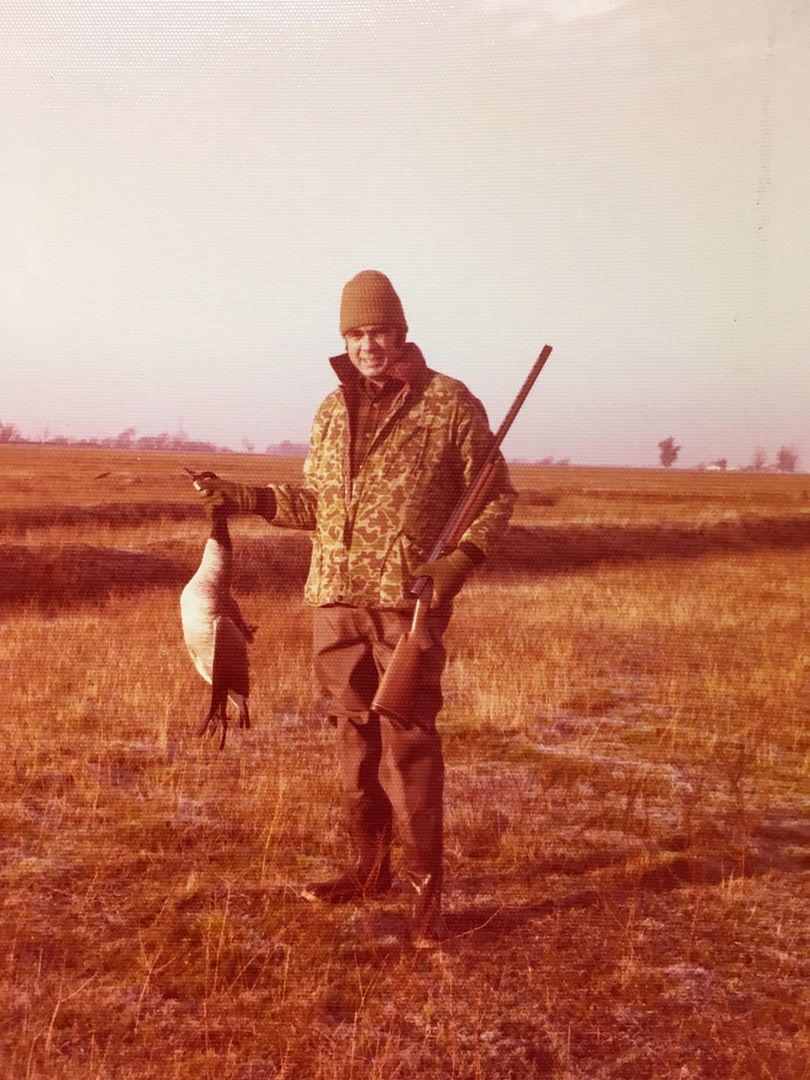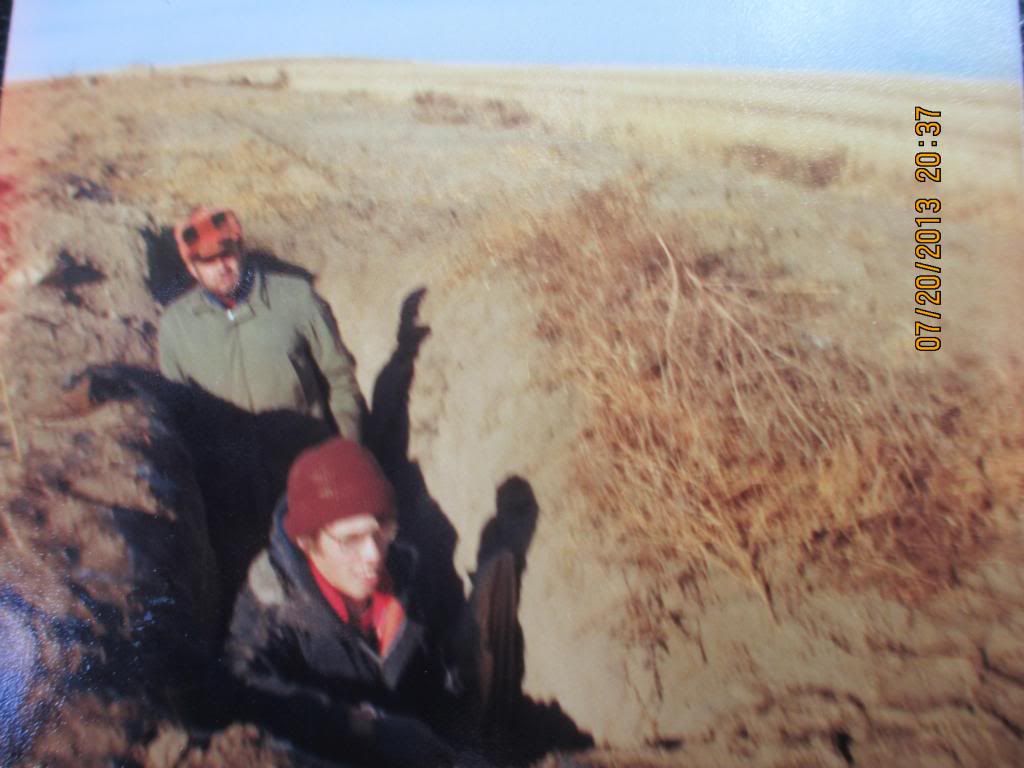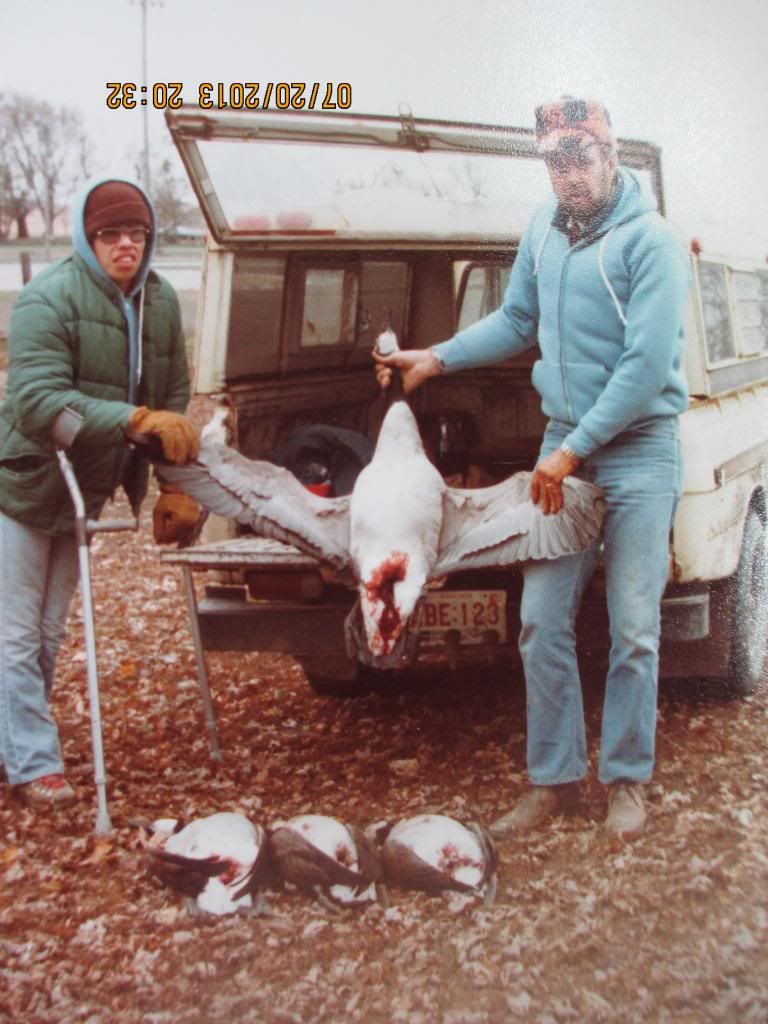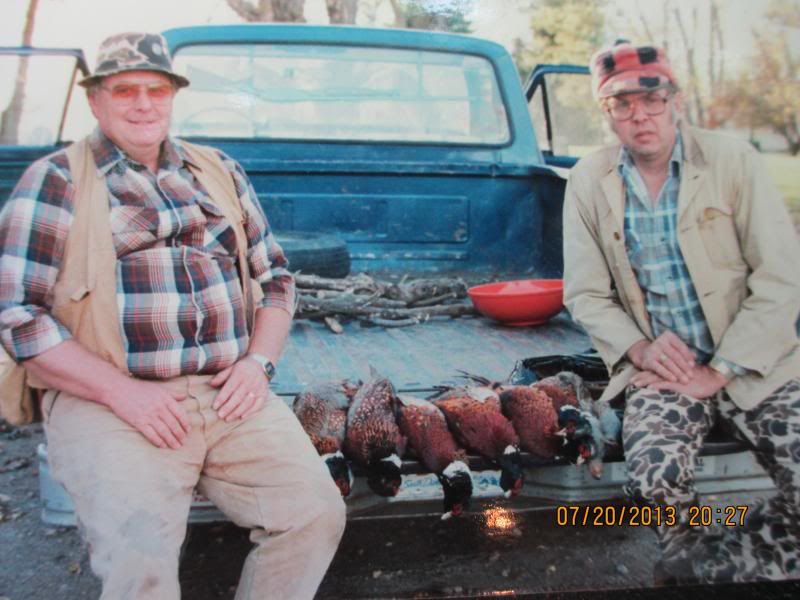Guy Miner
Master Loader
- Apr 6, 2006
- 18,157
- 8,027
Old photo of Dad, hunting geese with his Browning 12 gauge. Mid 1970's I think.

Dad used the heck out of that shotgun from the 1970's through the 1990's, about thirty years of flawless service. He loves bird hunting, pretty much any kind of wing-shooting. Both waterfowl and upland game. As early as he started hunting, and as dedicated as he's been to it, I can only wonder how many thousands upon thousands of birds he's shot...
Geese, ducks, pheasant, dove, quail and pigeon mostly.
We grew up eating a lot of duck in our home, provided mostly by Dad, with me chipping in a little now and again. Pheasant though - that was the real treat!
Ran across the photo not long ago. Thought I'd share. He's younger in that photo than I am now!
Regards, Guy

Dad used the heck out of that shotgun from the 1970's through the 1990's, about thirty years of flawless service. He loves bird hunting, pretty much any kind of wing-shooting. Both waterfowl and upland game. As early as he started hunting, and as dedicated as he's been to it, I can only wonder how many thousands upon thousands of birds he's shot...
Geese, ducks, pheasant, dove, quail and pigeon mostly.
We grew up eating a lot of duck in our home, provided mostly by Dad, with me chipping in a little now and again. Pheasant though - that was the real treat!
Ran across the photo not long ago. Thought I'd share. He's younger in that photo than I am now!
Regards, Guy







